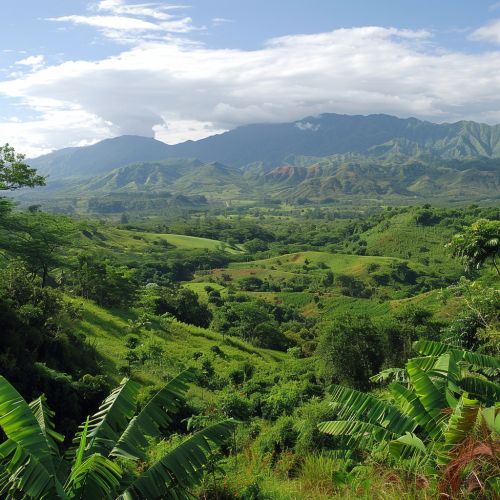Coclé
Geography
Coclé is a province located in the central region of Panama. It is bordered by the provinces of Veraguas to the west, Herrera, Los Santos and Veraguas to the south, Panama and Colon to the east, and the Caribbean Sea to the north. The province covers an area of 4,927.7 square kilometers and is divided into six districts.


History
The history of Coclé dates back to pre-Columbian times when it was inhabited by indigenous tribes such as the Coclé culture. The Coclé culture was known for its gold and ceramic artifacts, many of which have been found in the region's archaeological sites. The Spanish arrived in the 16th century and established the province as part of the Spanish Empire.
Economy
The economy of Coclé is diverse and includes sectors such as agriculture, industry, and tourism. The province is known for its production of sugar cane, rice, corn, and other crops. The industrial sector is dominated by the production of cement, salt, and other minerals. Tourism is also a significant part of the economy, with visitors attracted to the province's natural beauty, historical sites, and cultural events.
Culture
Coclé is rich in cultural traditions, many of which are rooted in its indigenous and Spanish colonial past. The province is known for its traditional music and dance, as well as its handicrafts, including pottery and woven goods. The province also hosts several festivals throughout the year, including the Festival of the Patron Saint of Penonomé and the Festival of the Black Christ of Portobelo.
Flora and Fauna
The province of Coclé is home to a diverse range of flora and fauna. The region's forests are home to numerous species of trees, including mahogany, cedar, and pine. Wildlife in the province includes species such as the jaguar, tapir, and various species of monkeys and birds.
